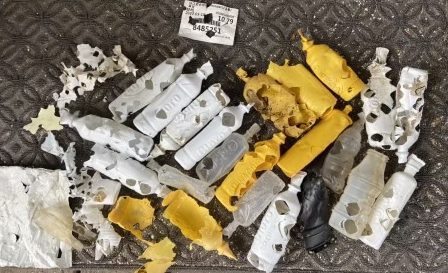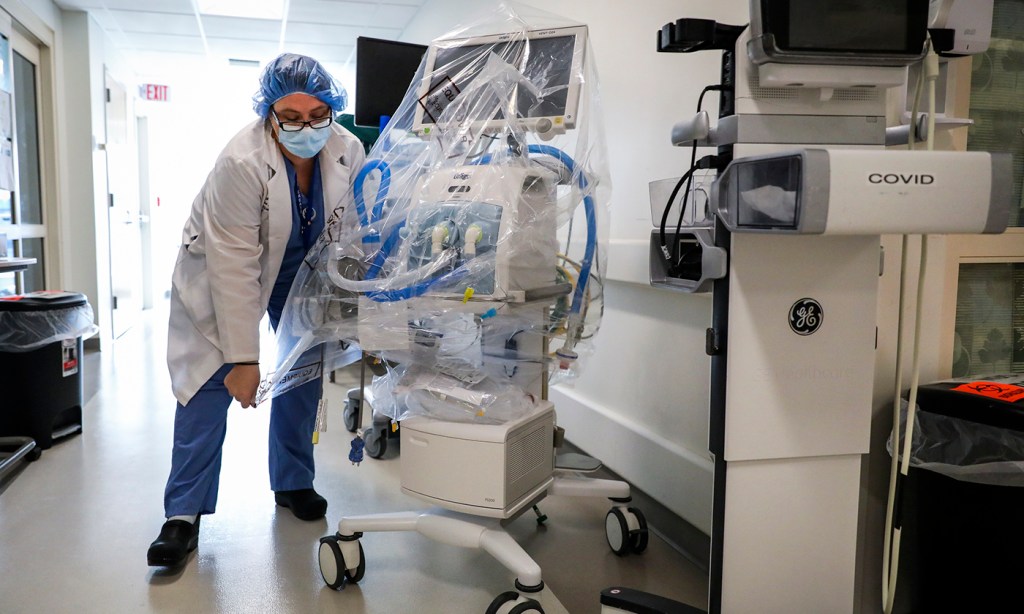Sooo yaaa….
It looks like this might actually be as bad (or worse) than we thought.
Weekly Summary
Last week was dominated by Trump who got right to work at reversing as much environmental progress as possible. Trump issued an executive order to approve the DAPL and multiple republicans have introduced bills proposing to strip or completely eliminate the EPA. It’s clear that the new president was serious about his plan to increase natural resource extraction and he is wasting no time.
Highlights
Dakota Access Pipeline To Be Approved
Donald Trump issued an executive order to approve the DAPL after the Army Core of Engineers had paused the project pending further assessment of an environmental impact report.
Why it’s important:
While the actual impact of the construction of this section of the DAPL isn’t catastrophic, its significance has grown tremendously over the last year and now represents much more than just a violation of Native American lands.
What started as one tribe’s objection to a pipeline that would violate their lands and could potentially threaten their water supply, quickly grew into a national protest that ended up representing much more than just the rights of Native Americans. As momentum grew, this movement became a microcosm for the fight against corporations violating citizen’s rights. Now the DAPL protest for all kinds of environmental and social movements.
Trump’s executive order to overturn the previously halted project shows that he is siding with business, despite the nation’s protests against this type of activity. Furthermore, this order was issued by Trump in the first weeks of his time in office. His urgency shows how little respect his administration has for social and environmental issues AND the sentiment of the public. Unfortunately, this is just the beginning…
The fight will continue in court and on the ground as drilling starts…
Making The EPA Great Again
A Florida Congressman has proposed a bill that would eradicate the EPA completely (another has proposed an evisceration of the EPA). While it’s highly unlikely either of these will happen, it follows Trump’s Freeze on the EPA where he halted all of their grant spending… which came just after the Trump administration’s gag order on the EPA and other agencies.
Why It’s Important:
Trump is working to defund and dismantle the government entities that protect our shared land and natural resources. This directly impacts our quality of life and the future of our well being.
- We will push past the tipping point. We’re already seeing the effects of climate change (we’ve surpassed 400ppm of carbon in the atmosphere) and government regulations in the US have a massive influence on our emissions.
- Our national parks are in danger. Even if the DOI is stifled for one term, it’s long enough to jeopardize vast amounts of public lands such as national parks that will not be able to bounce back after the damage is done.
- Our economy will suffer too. Jobs generated by natural resource extraction won’t last long and will place the US behind the rest of the world as they move toward renewables. Solar and wind jobs are growing 12x as fast as the US economy… If the US isn’t a leader in green technologies and related science we are going to be left behind in the global economy.
Other Stuff The Trump Administration is Mucking Up:
- They delayed listing the bumblebee as an endangered species
- Leaked docs suggest Trump will suspend a 2010 rule requiring companies to disclose whether they use conflict minerals.
- Trump also signed orders to revive the Keystone XL pipeline.
A Bit of Fresh Air
Insisting that “on-again-off-again regulation is a poor way to protect the environment,” eight veterans of previous Republican administrations met with White House officials to float the idea of a revenue-neutral carbon tax [TriplePundit]. It’s unlikely to go anywhere, as this does seem to make sense and we are talking about government… but it does show that some politicians, somewhere, are actually thinking.
Tech to Save The Day?
Advancements in solar SCALEs bring us closer to affordable renewable energy solutions.
Energy storage takes another step forward with a new battery developed at Stanford University.
Carbon recycling is a reality:
- CarbonCure – recycles wast CO2 into affordable, greener, concrete products.
- Carbon Engineering – captures CO2 from ambient air to make fuel.
- Newlight Technologies – takes greenhouse gas emissions and turns them into plastic.
That’s it for this week. You’re all caught up!
Now, make sure you stay informed:
[mc4wp_form id=”747″]







